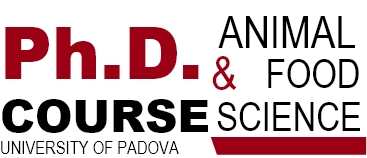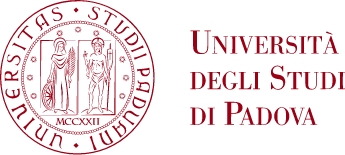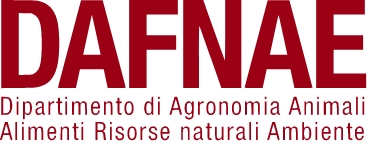On the genomic regions associated with milk lactose in Fleckvieh cattle
Costa A., Schwarzenbacher H., Meszaros G., Fuerst-Waltl B., Fuerst C., Solkner J., Penasa M. (2019)
Lactose is a sugar uniquely found in mammals’ milk and it is the major milk solid in bovines. Lactose yield (LY, kg/d) is responsible for milk volume, whereas lactose percentage (LP) is thought to be more related to epithelial integrity and thus to udder health. There is a paucity of studies that have investigated lactose at the genomic level in dairy cows. This paper aimed to improve our knowledge on LP and LY, providing new insights into the significant genomic regions affecting these traits. A genome-wide association study for LP and LY was carried out in Fleckvieh cattle by using bulls’ deregressed estimated breeding values of first lactation as pseudo-phenotypes. Heritabilities of first-lactation test-day LP and LY estimated using linear animal models were 0.38 and 0.25, respectively. A total of 2,854 bulls genotyped with a 54K SNP chip were available for the genome-wide association study; a linear mixed model approach was adopted for the analysis. The significant SNP of LP were scattered across the whole genome, with signals on chromosomes 1, 2, 3, 7, 12, 16, 18, 19, 20, 28, and 29; the top 4 significant SNP explained 4.90% of the LP genetic variance. The signals were mostly in regions or genes with involvement in molecular intra- or extracellular transport; for example, CDH5, RASGEF1C, ABCA6, and SLC35F3. A significant region within chromosome 20 was previously shown to affect mastitis or somatic cell score in cattle. As regards LY, the significant SNP were concentrated in fewer regions (chromosomes 6 and 14), related to mastitis/somatic cell score, immune response, and transport mechanisms. The 5 most significant SNP for LY explained 8.45% of genetic variance and more than one-quarter of this value has to be attributed to the variant within ADGRB1. Significant peaks in target regions remained even after adjustment for the 2 most significant variants previously detected on BTA6 and BTA14. The present study is a prelude for deeper investigations into the biological role of lactose for milk secretion and volume determination, stressing the connection with genes regulating intra- or extracellular trafficking and immune and inflammatory responses in dairy cows. Also, these results improve the knowledge on the relationship between lactose and udder health; they support the idea that LP and its derived traits are potential candidates as indicators of udder health in breeding programs aimed to enhance cows’ resistance to mastitis.



